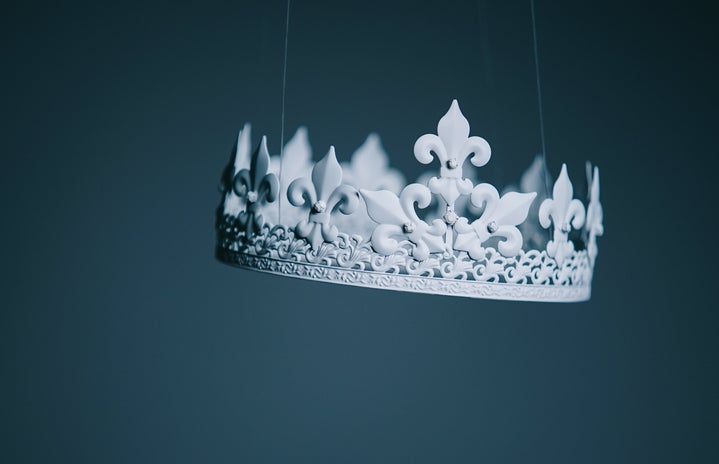Season four of Netflix’s The Crown covers the royal drama of the 1970s-90s, featuring the whirlwind courtship, marriage and emotional unravelling of Diana, the former Princess of Wales, and the political rise of Britain’s “Iron Lady”, former prime minister Margaret Thatcher.
I can best describe season four with the three Ps: a Provocative script, Passionate acting and Pithy dialogues, all of which made me binge-watch the entire season.
Growing up British, I was surrounded by royal history, such as celebrating the Queen’s diamond jubilee in 2012 and singing nursery rhymes in primary school to help remember Britain’s monarchs. Tabloid headlines were on full display at grocery checkouts — including The Sun muckraking Prince Charles and Camilla’s relationship.
Twenty-three years after her tragic death in Paris, the country is still loyal to Diana, who is forever the “people’s princess.” This is why Netflix’s The Crown captured my attention from season one, as it provides a dramatized, behind-the-palace-gates look into the trials, travails and privilege of the royal family that I had grown up admiring from afar.
In my opinion, the royal family is not Britain’s version of the Kardashians. Despite the media attention over their fashion choices and personal lives, the Queen has political influence in the commonwealth, whereas the rest of the royal family are unofficial British diplomats, not reality TV stars. This is exactly what season four of The Crown proves, highlighting the importance of royal tours to Australia and the United States in the ‘80s, which kept the popularity of the monarchy high, even in strongly democratic nations.
Emma Corrin as Princess Diana was almost picture-perfect, with her blonde bob, subtle side-smile and expressive blue eyes. At certain camera angles, especially during the scene of Charles and Diana’s first engagement interview, I could have mistaken her as the young Diana. The Crown’s depiction of their relationship is unforgiving to Prince Charles, whom they portray as a misunderstood, overpompous, deeply insecure man who hates being overshadowed in public, especially by his beautiful, more popular wife.
The only sliver of hope in salvaging the marriage is also my favourite scene in the sixth episode titled “Terra Nullius,” where Charles lovingly twirls Diana to the song “Can’t Take My Eyes Off You” with a look of absolute adoration in his eyes.
Unfortunately, the relationship is all downhill from there. The most emotionally jarring scenes include depictions of Diana’s experience with bulimia and social isolation in the palace, which becomes more extreme when she realizes that Charles is still having an affair with his mistress, Camilla Parker Bowles, both before and after their wedding.
However, as depicted in The Crown. the doomed marriage of Charles and Diana was an orchestration by the royal family, who paid no regard to how unalike their characters and interests were, the age difference between them, or how Charles was madly in love with another woman whom they deemed too inappropriate to be the future queen of England. As Charles tells Diana, “If you have a complaint about not being loved, or appreciated in this marriage, I suggest you take it up with the people who arranged it.”
The Crown’s stunning cinematography and screenplay expertly manage to contrast its leading ladies. As seen in episode two, the royal family are not as posh as they are extremely traditional, and in their first introductions to the royal family at their country retreat in Balmoral Castle, PM Margaret Thatcher, a workaholic Townie, ostracizes herself by wearing high heels to hunt, while Lady Diana, who is more down to earth, easily fit into their outdoors lifestyle with her muddy boots.
The series has been called out for being factually inaccurate by royal biographers, such as The Crown’s Shakespearean version of Charles and Diana’s first meeting, or a dramatized conversation between the Queen and Michael Fagan, the British man who broke into the Queen’s bedroom in Buckingham Palace.
However, I can move past the plot holes because the acting is phenomenal. Olivia Colman’s version of Queen Elizabeth II is all “stiff upper lip”, political smarts and regality, as this season focuses on her relationship with her children and former Margaret Thatcher.
Another notable mention is Helena Bonham Carter as Princess Margaret, who is known for her eccentric characters. She has a few powerful dialogues, especially in portraying the emotional side of the royal family, as she battles with her psychological issues and in dealing with the shocking discovery of a family secret.
Overall, I thoroughly enjoyed season four and I cannot wait to see how the new cast for season five takes the drama forward.



